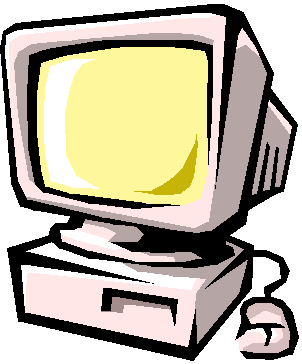

Computers have developed immensely over the years. They
have become more compact, faster, and better all round.
Many people have contributed to this like Bill Gates, and of course Charles
Babbage, who first came up with the design.
There are five generations of modern computers. These are:
1. 1945 - 1956. This was in the second world war. Allied
Forces worked hard to develop powerful computers to decode German secret
messages. The machine they created was called Colossus and was kept a
secret until decades after the war had ended. In other countries other
computers were also developed at this time. These computers used binary
digits.
2. 1956 - 1963. At this time computers began to shrink in size due
to the invention of the transistor in 1948. The first large-scale machines
to use the latest transistor technology were the early super computers known as
Stretch by IBM and LARC by Sperry-Rand.
3. 1964 - 1971. The quartz rock was developed by Jack Kilby in 1958 and by
this computing period, the amount of heat produced
inside modern computers was reduced, meaning that more components could be
fitted on a chip so computers could be made smaller. CPUs (central
processing units) were invented to run different programs at the same time, they
also monitored and coordinated the computer's memory.
4. 1971 - present day. Computers reduced in size and due to the
increase of components on each silicon chip, we see microprocessors incorporated
into many household appliances. Computers can now be found in the majority
of households in more economically developed countries. Modern computer
facilities such as the Internet can now be found on mobile phones.
5. Present - future. It is virtually impossible to say what may
happen in the world of computers over the next few decades. The newest
idea scientists are working on is artificial intelligence.

If you would like to go to the next page - Timeline, then please click on me!